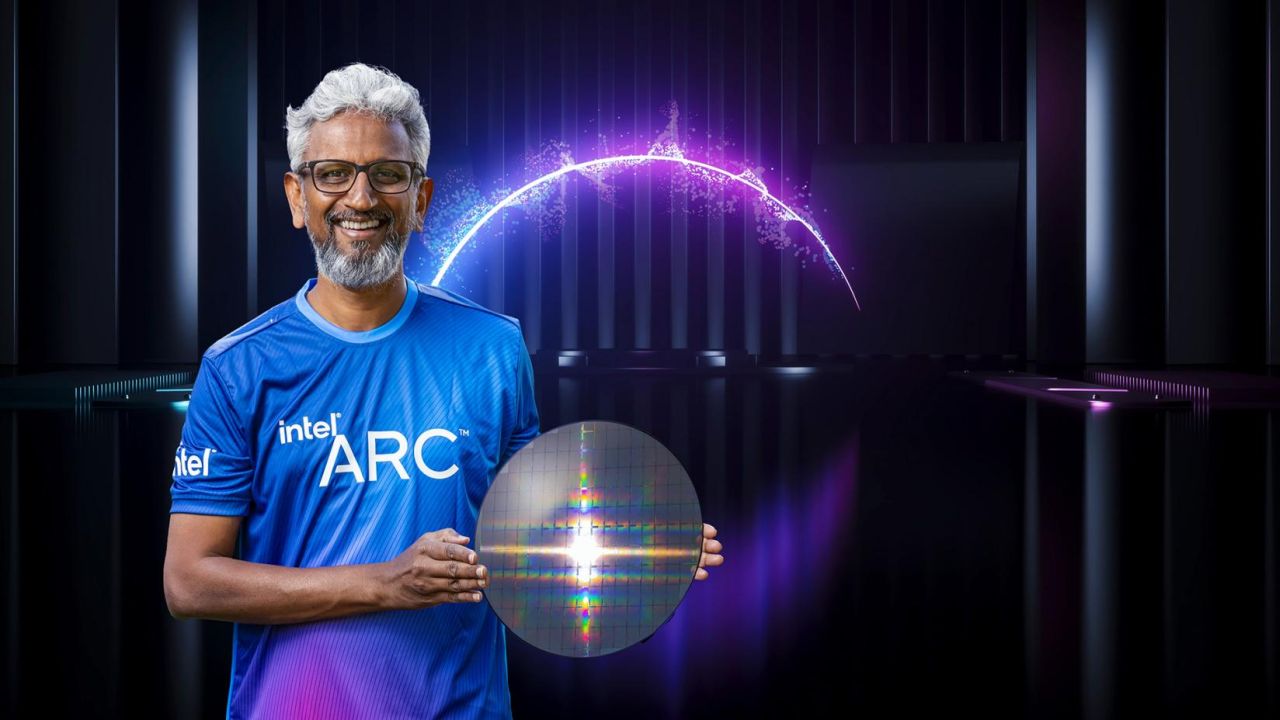Intel Arc Alchemist, no support for acceleration of FP64 computations (and no wonder)
The GPUs Intel Arc “Alchemist” based on Xe HPG architecture they will not support hardware acceleration of FP64 computations, the “double-precision floating point” ones, limiting themselves to optimal management of FP16 and FP32 calculations only. The news, in the air for some time and entirely predictable, was confirmed by a moderator on the Intel forum.
The acceleration of FP64 calculations is useful in the HPC world, where greater precision in all phases of the calculation is essential. In fact, solutions like NVIDIA A100 guarantee high FP64 performance, half that of FP32. If you look at the range though GeForce of NVIDIA, for example to the RTX 3090, we see that the performance is decidedly lower, equal to 1:64 of those FP32 (35.58 TFLOPs vs 556 GFLOPs). Even the RDNA 2 gaming GPUs of AMD hold back with FP64 calculations, but less (1:16).
Consumer GPUs can try to do FP64 calculations by emulating them, but the result is clearly unsatisfactory. To carry out the FP64 calculations, a fundamental numerical format for complex simulations, weather forecasts and more, you need video cards with dedicated units.
GPU manufacturers – also to further segment the offer – have in the past decided to cut FP64 acceleration progressively from gaming solutions. On the other hand, the FP32 and FP16 formats fully compensate for the ultimate purpose of video cards, which is to render graphics quickly and efficiently.
Trimming the FP64 drives also allows you to add more resources to the GPU, whether it’s multiple FP32 units, Tensor cores, RT cores, a larger cache, or more. As we reported last year, the Intel Xe HPG Alchemist GPUs will have – in addition to the cores for graphics calculations related to rasterization and ray tracing – also the so-called units XMX (Xe Matrix Engine) deputies to AI tasks. In short, Tensor cores “in Intel sauce”, capable of managing a technology similar to DLSS called XeSS.
The Arc GPUs, as stated by the company in recent weeks, will debut by the end of March in the notebook world, in the second quarter in the form of dedicated video cards for gaming and in the third quarter in the workstation sector.
















